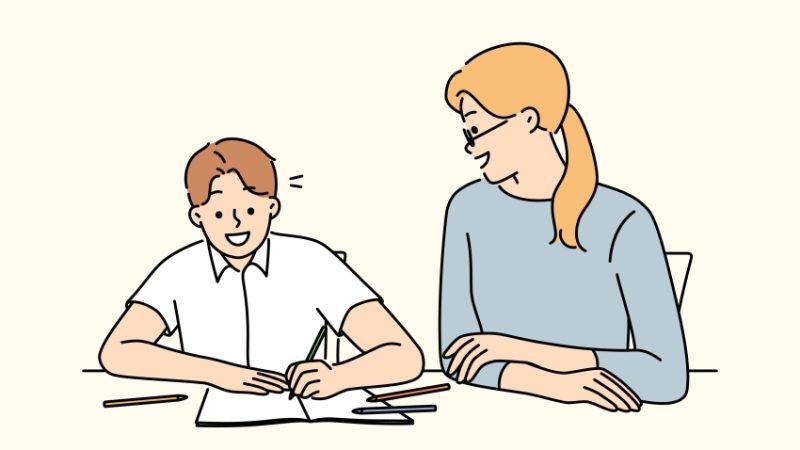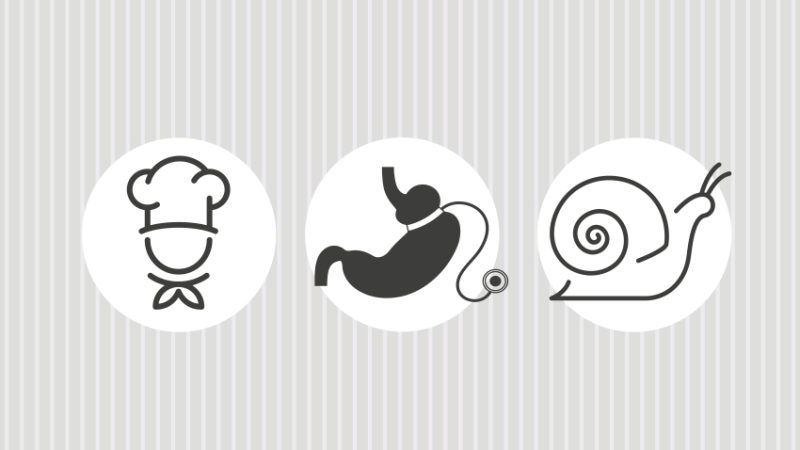Student engagement – Make ‘working hard’ your classroom’s default setting

Matt MacGuire runs through the ways in which teachers can cut through students’ propensity for restlessness and normalise the idea that lessons should involve hard work…

At the end of term, especially before the Christmas break or the summer holidays, schools can experience a terrible plague.
If not prevented, it spreads like wildfire, destroying learning as it goes. It’s the ruiner of rigour, the negater of knowledge. It’s ‘the fun lesson’.
“Are we having a ‘fun’ lesson today?” This question is a test. What the student is really asking is, “Have you given up yet?” They want to know if they can start the holidays now. They sense their chance to normalise DVDs, games and end of term treats. They’ll play teachers off against each other – “We watched Home Alone in English – are we watching a DVD in your lesson?”
I hope your school takes a firm line on this and ensures that proper lessons are followed until the end of term…
Carrying the calf
The tendency of many students to ‘slack off’ as the end of term approaches raises a related question. What does the culture of effort in your school consist of throughout the year? How is it manifested in your classroom?
I’m fond of the story of Milo of Croton – a famous wrestler in the days of ancient Greece. It’s said that as part of his strength training regimen, Milo would lift and carry a fully grown bull on his shoulders.
Milo achieved this degree of strength, we’re told, by carrying a newborn calf on his shoulders, and then carrying the same animal every day as it grew to maturity. As the calf grew, the task became incrementally more taxing every day and Milo’s muscles grew accordingly.
I want my students to learn like Milo of Croton. I want them to be in the zone of proximal development, where the ‘calf’ – their learning – isn’t so light that it’s easy to carry, but also not so heavy that it can’t be lifted.
Classroom climate
This means having to monitor the ability of your class as closely as possible. Not by marking every piece of student work and differentiating every lesson for every student – that’s absurd, and to expect it of teachers is as idiotic as it is immoral.
Instead, I’ve been taught by colleagues to adopt a more sensible and sustainable approach to checking what my students can do and what they need to work on. I need to gauge how far they are on their journey towards mastery of any given skill, so that I know what level of scaffolded support will be required across the class. My aim is for everyone to experience success – but also experience difficulty in the process.
To do this, we must normalise the idea of working hard in class. Not just through careful setting of difficulty, but also by maintaining a suitable classroom climate. If a student starts misbehaving from the very beginning of a lesson – by talking, or not taking off their outside coat, for example – their attitude will rapidly spread to the rest of class. It must
be challenged and addressed immediately.
An excellent way of starting lessons with purpose is to employ a ‘Do Now’ activity. This is a five-minute task that’s already set up and waiting for the students when they arrive. They complete the task in silence, without teacher support (so the task must be carefully set). When this routine is set and enforced, teachers convey the clear message that every moment in this lesson counts. We’ll be working hard, and not wasting any time.
‘Do Now’ activities get lessons off to a prompt and purposeful start, and can also be employed for valuable recall practice.
Multiple beginnings
Another way of normalising hard work is by ensuring that transitions between learning activities are completed with minimal fuss and distraction. Every transition consists of an end, followed by a new start.
In that sense, it’s like beginning the lesson again – and because of that necessary pause, every transition is as prone to student disruption and avoidance tactics as the start of the lesson. If the opportunity presents itself, students may well seize upon any undirected time during transitions for off-task discussion or similar behaviours which can quickly spread. If students can’t move on to the next task for practical reasons – such as waiting for worksheets to be handed out – the likelihood of this happening will only increase.
In the best classrooms, these opportunities for disruption are actively prevented by the drilling of clear and efficient transition routines. Exercise books can be handed out to a class of 30 in well under a minute, accompanied by silence. Taking out new equipment shouldn’t prompt any discussion. Achieving silent and efficient transitions requires teachers to hold the line, every time.
Active presence
Academic hard work creates a productive pressure that can result in mental exertion, which students will naturally want relieve if and when they get the chance. That’s not to say that periods of mental rest in lessons are inappropriate, but these should only ever be instigated by the teacher, not the students themselves. Low level disruption during transitions mustn’t be allowed to dictate the pace of the lesson.
For students to work hard, they also need to perceive that their hard work will be recognised and valued, and that apathy, disengagement and poor effort on their part won’t be tolerated. This means teachers need to be an active presence within the classroom at all times. Sitting at a desk while students work is lazy. Worse than that, it models laziness for the class and implies a lack of interest in both students’ work and the students themselves.
Instead, teachers should be up and circulating around the classroom, looking over the shoulders of every student while they work and offering quiet, personal and specific praise where it’s warranted – “Great work today, George”; “Fantastic details, Amelia”; “Well done for finishing that task – it was tricky…”
That kind of positive atmosphere can’t be fostered from behind your desk. You need to be amongst the students, on their side and rooting for them to be successful.
Corrective coaching
Of course, moving between desks, walking behind the back row and peering at every exercise book you pass will also help you identify and immediately address any symptoms of disruption, distraction or apathy.
Your proximity alone will be enough to discourage much low-level disruption that might have otherwise gone unchecked. When catching the start of an off-topic conversation, or a whisper during a silent activity, you’ll be close enough to tap the desk, give a meaningful look to restore focus and cut the disruption off before it takes hold.
Finally, circulating around the classroom presents your best opportunity for spotting misconceptions, errors and poor presentation. When you give instant feedback during the working process itself, students benefit hugely. Corrective coaching can redirect students and ensure any errors aren’t compounded or repeated as the lesson progresses.
Circulating around the class delivers a simple and clear message – ‘I am watching you, and I want to see you succeed, so I won’t settle for less than your best.’
If you want your students to expend their best efforts when they’re in your class, consider the lesson from their perspective. Make it the kind of lesson that makes them want to do their best. Sharpen your subject knowledge so that you can inspire them. Work with departmental colleagues to make your curriculum the best it can be. Ensure your delivery is engaging, and take the time to review your teaching methods.
Be on your students’ team, because they’re far more likely to put in their best effort when they work with you, rather than for you.
Matt MacGuire (@MacGrammar) is an assistant headteacher; this article is based on a post originally published at his blog, Ten Rules for Teaching












